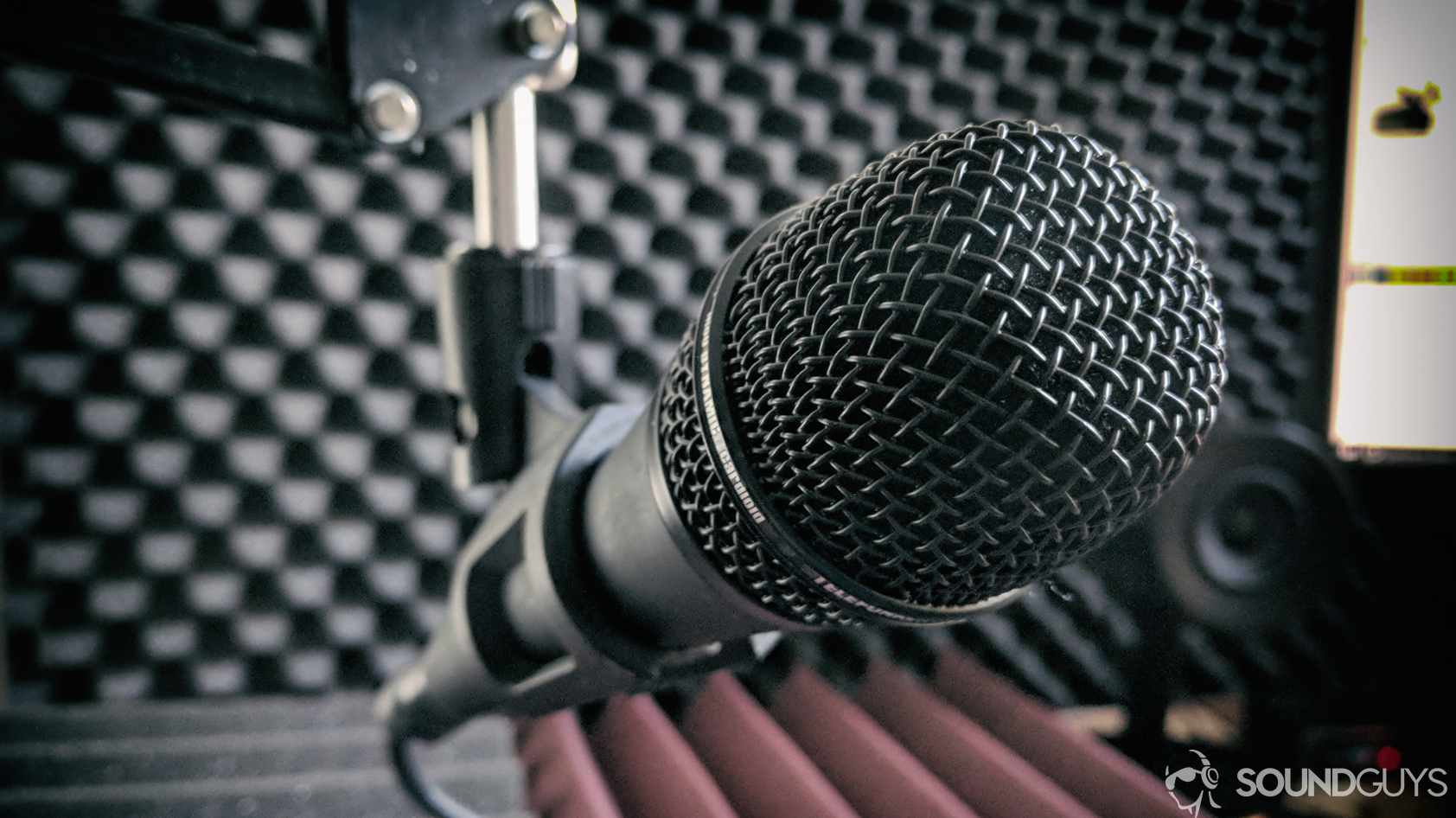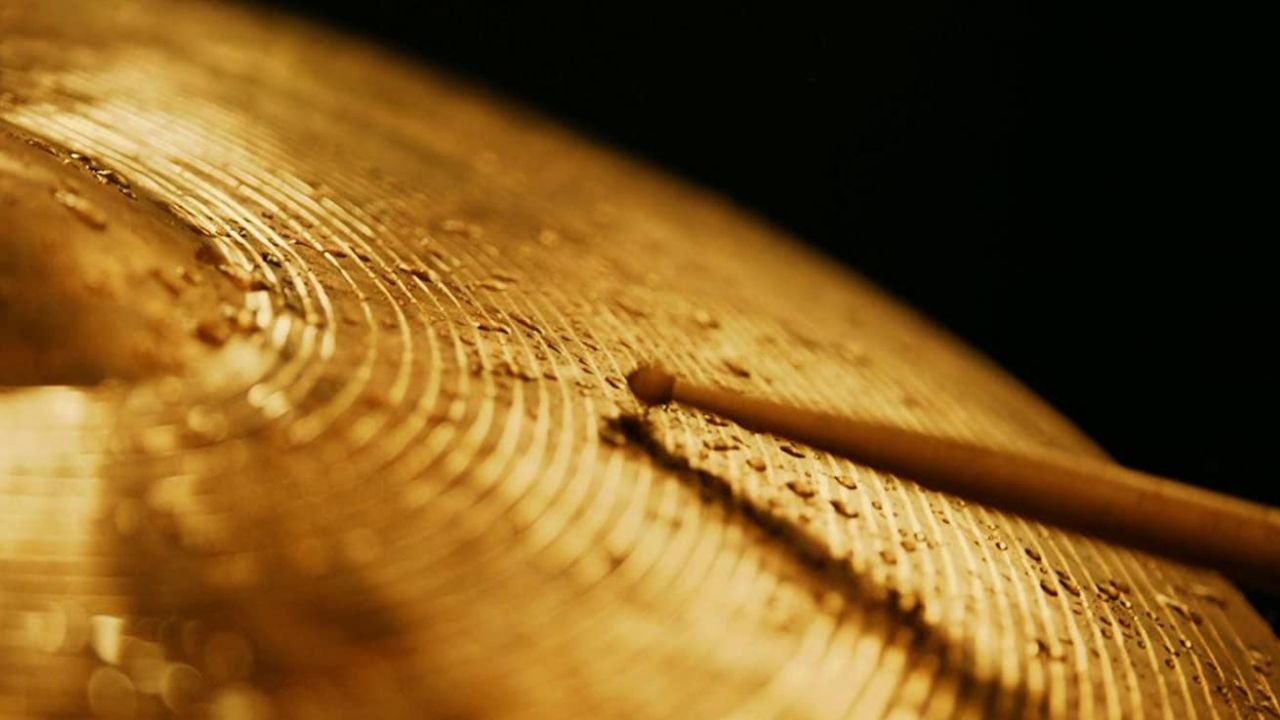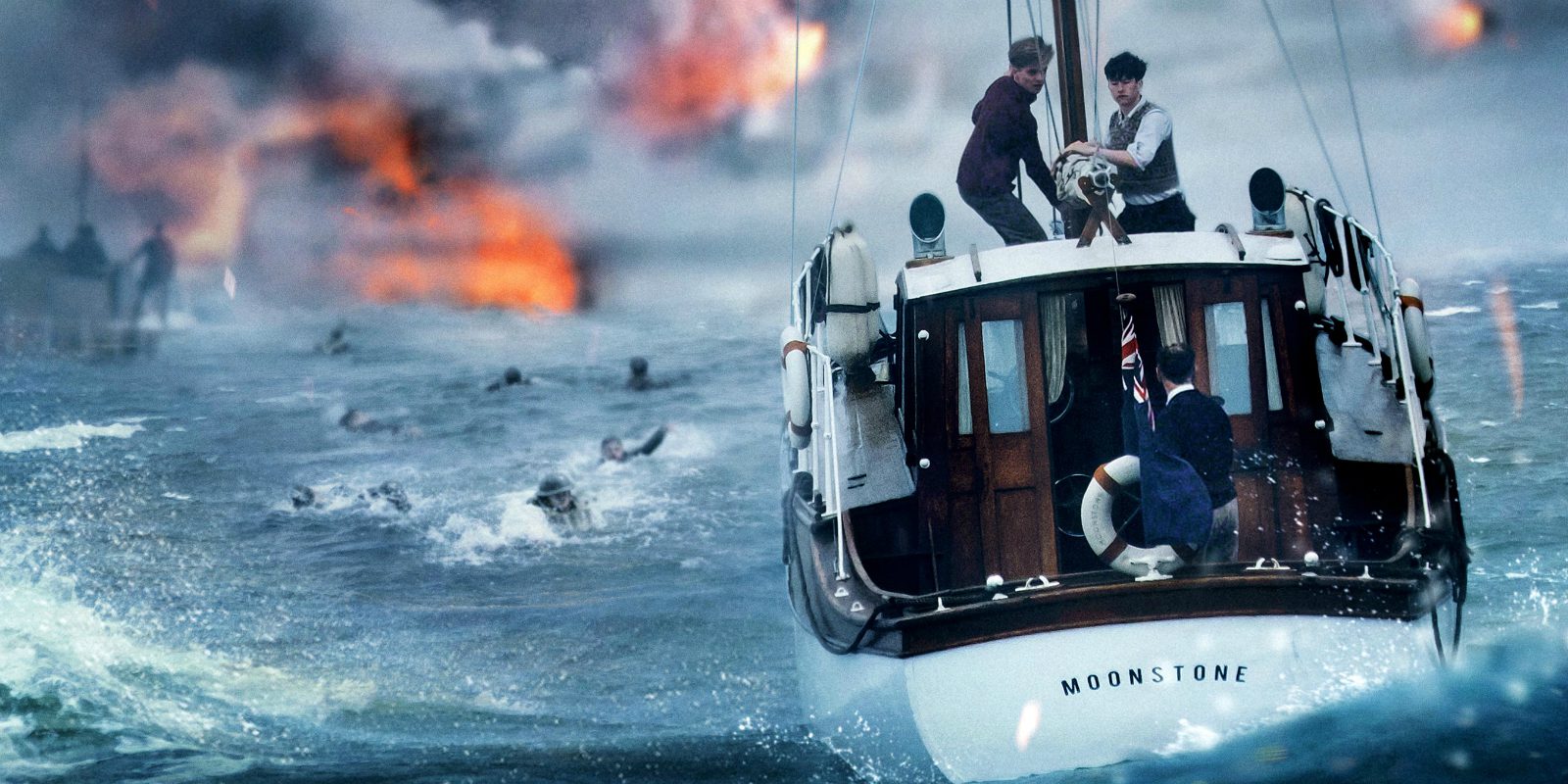Film editing is both a creative and a technical part of the post-production process of filmmaking. The term is derived from the traditional process of working with film which increasingly involves the use of digital technology.
Monthly Archives: November 2022
Filters
What makes a good film?
In the film industry, the answer to what makes a film good is subjective to the audience however there are certain aspects and elements of a movie that can make it great to watch.
First off is the story, a great film needs to have a great story and for anyone to enjoy it it must be engaging but also allow the viewer to connect with it. I believe that whilst the story must be engaging it should also show true insight to human experience too allow the audience to deeply connect with it.
Second is the cinematography a great director and dop is needed to allow the story line to really flourish and fester with the audience for example use of close ups in tense and suspense filled moments or wide angled shots in moments of isolation and loneliness
Another key aspect of a good film would be the cultural impact. Movies such as Taxi driver and The Joker are good examples of this as they shedded light on mental illness and loneliness which gave the movies are real sense of emotional connection with a lot of the audience.
Casting also has a significant impact on the resonance of the film since the perfect actor for the perfect role will allow the movie to seem more realistic which is one of the biggest goals for a filmmaker, the movie The shining is the perfect example of this since the casting of jack Nicholson for jack Torrance fitted him perfectly and made the film an amazing watch with extremely realistic moments and amazing acting, especially when featured with Shelly Duvall as Wendy Torrance.
Last of all is technical innovation, many great films are remembered for using cinematic devices in inventive ways which pushed storytelling forward and experimented with artistic conventions. This could be through the cinematography, editing, music or any other expression of technical creative decisions. This could be the dark lighting that set the tone in The Godfather, or the match on action cut that transported the story 1000s of years in 2001: A Space Odyssey.
When watching a great film, more often than not, nothing feels out of place or awkward. The audience just gets sucked into the story. We do not question anything from a tonal point of view or point out technical flaws. This is the sign of a polished technical style.
sound editing and sound mixing
Sound editing is the recording and creation of sounds for a film piece, to create necessary auditory cues for different features of a scene, such as foley sounds for different props or creatures, real or fictional.

Sound mixing is the process of blending each piece of audio media together into one piece that suits the tone of the scene, and amplifies it. It involves lowering and raising the volume of each sound, and making use of both diegetic and non-diegetic sounds to further immerse an audience.

my favourite film soundtrack-interstellar
My favourite film soundtrack is the Interstellar soundtrack as Hans Zimmer perfectly shows the vastness and endless possibilities of outer space whilst also keeping the music quiet and dim to help home in on the family perspective of the movie .

j cuts and l cuts
J Cut:where the audio from a following scene overlaps the picture from the preceding scene.
L Cut: where the audio from a preceding scene overlaps the picture from the following scene.
Whiplash essay
The end scene of whiplash gives the audience the final glimpse into Andrew and Fletchers ambivalent relationship and uses editing to increase the tension and overall feeling of the scene to allow the viewer to truly immerse into the scene and keep their attention throughout it.
Damien Chazzelle uses a wide range of editing techniques to help bring the relationships true intent come to surface, the use of shot-reverse-shot is common in the scene and is extremely useful when showing Andrews actions to then show fletchers reaction to swiftly move back to Andrews actions, a good example of this use of style is the moment Andrew walks of stage and a transition to Fletchers somewhat dull expression, which is left to be interpreted whether it may be disappointment or vindication, but then is transitioned back to Andrew walking off again. This use of editting gives more meaning to the scene as it makes the audience what more from Andrew which he then delivers on later in the scene.

Throughout the scene there are swift cuts to different camera angles showing close ups of Andrews face as well as the drum set, giving the feeling of tension between Andrew and each movement he makes since it is his only chance to prove fletcher wrong which is his main goal throughout the movie.
Chazzelle also uses editing in moments of silence to help build meaning and suspense, the use of this is very effective when Andrew is play a very tiring part of his solo, most of the sound from the room disappears and we are left with a quiet almost windy sound which slowly fades back into the sounds of cymbals followed by toms and snares which can infer him shutting out his senses to not the feel the pain helping him get through it as through this moment its switches between shots of his face dripping in sweat to his bloody hands then to the cymbal he is playing covered in droplets of his sweat, blood and possibly tears.
Towards the end of the scene Chazzelle uses excellent use of match on action to capture fletchers reaction using close ups of Andrews expressionless face looking to fletcher for validation to an extreme close up shot of fletchers eyes which appear to make it seem as if he is smiling, we are swiftly then taken back to the close up of Andrews expressionless face which transforms into a smile has we are taken back to fletcher with his arm raised, which could have momentarily make the audience believe fletcher is going to throw something at Andrew due to it occurring in a previous scene, but for him to cue in Andrew for the final part of his act where it cuts to black on his final note.

This final moment in the scene shows the audience the result of fletchers brutal affection towards Andrew and makes the final scene so much more meaningful putting it above excellent and near close to a perfect conclusion to the story.
Joker project
joker final project
Dunkirk first response
| Dunkirk (Nolan, 2017) | CRITICAL SCORE: 6.5/10 | MEMORABLE SCENE: When all 3 stories intertwine (Near the end). Plus, ending monologue/voice over (Churchill Speech) – emotive as it’s read by one of the soldiers, forms a personal connection with audience. |

Dunkirk: first response
Critical score: 9/10
The most memorable scene in Dunkirk for me would be the final scene when the soldiers helmets are shown lying on the beaches.
